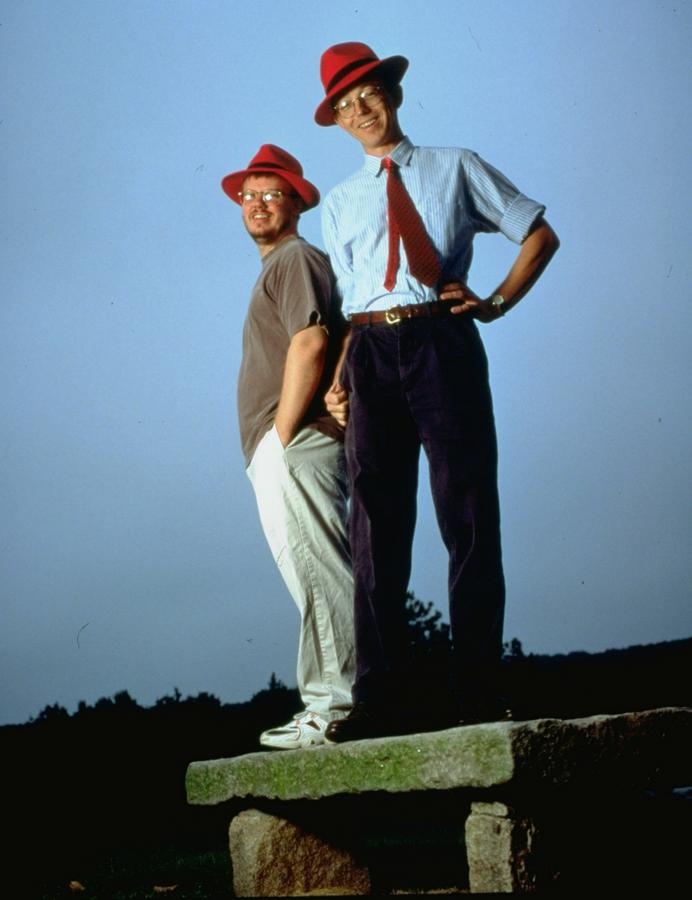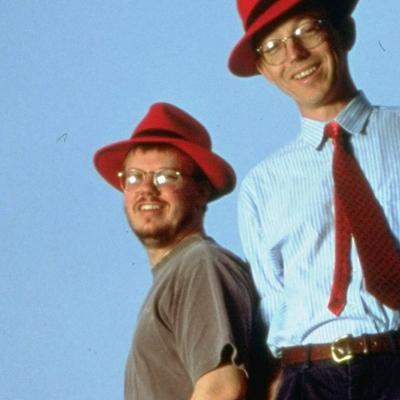Marc Ewing at a Glance
- Categories: Business, Business > Executives
- Net Worth: $300 Million
- Birthdate: May 9, 1969 (55 years old)
- Gender: Male
What is Marc Ewing’s Net Worth? The Story of Red Hat’s Founder
Marc Ewing is a name synonymous with open-source software and technological innovation. Best known as the creator and driving force behind Red Hat, a pioneering company in the Linux operating system market, Ewing’s contributions have significantly impacted the tech landscape. This article delves into Marc Ewing’s net worth, career, and the journey of Red Hat, exploring the events that shaped his success and the legacy he created.
Early Life and Education
Born on May 9, 1969, Marc Ewing’s journey began long before the founding of Red Hat. While attending Carnegie Mellon University, he pursued his passion for computer science. During his college years, Ewing became known for a distinctive accessory: a red Cornell University lacrosse hat given to him by his grandfather. This hat became his trademark, and fellow students often sought him out for tech assistance, earning him the nickname “the man with the red hat.”
The Origin of the Red Hat Name
The iconic “red hat” wasn’t just a fashion statement; it became an integral part of the company’s branding. The name, and the logo that followed, quickly became recognizable in the software world. This simple yet effective branding played a role in establishing Red Hat’s identity in a competitive market.
Red Hat Software: A Revolutionary Business Model
After graduating from Carnegie Mellon University in 1992, Ewing’s career took a significant turn with the development of Red Hat Linux. The beta version of the open-source operating system was released in May 1995. Recognizing the potential for growth, Ewing sold his software to entrepreneur Bob Young later that year. The two combined their resources, merging Young’s Linux software catalog business with Red Hat Linux to form Red Hat Software. Young took on the role of CEO, while Ewing became Chief Technology Officer.
Red Hat’s business model was revolutionary. Instead of charging high upfront costs for their software, they offered it for free or at a low cost. Their revenue came from providing value-added services, including:
- Technical Support
- Software Updates
- Quality Assurance
- Training
This innovative approach allowed them to gain a large user base and establish a loyal customer base. Within a decade, Red Hat became the first open-source technology company to surpass $1 billion in annual revenue, demonstrating the viability of their business model.

Red Hat founders Marc Ewing and Robert Young wearing red hats, outside. (Photo by Will And Deni McIntyre/Getty Images)
IPO and the Dotcom Boom
The year 1999 was pivotal for Red Hat. On August 11th, the company went public, riding the wave of the dotcom bubble. The initial public offering (IPO) was a massive success, experiencing the eighth-largest first-day gain in Wall Street history at that time. The stock was initially priced at $10 but soared to $50 intra-day, representing a 200% gain, indicating the market’s enthusiasm for the company and open-source technology.
Following the IPO, Marc Ewing stepped down from Red Hat in 1999.
Stock Swings and Market Fluctuations
During his tenure, Marc Ewing held a significant stake in Red Hat. At its peak, Ewing owned 9 million shares of Red Hat. Before the dotcom bubble burst and when the stock touched $100 per share, his holdings were worth an impressive $900 million.
However, the market’s volatility was soon apparent. The dotcom bubble burst in 2001, causing the stock price to plummet to as low as $3 per share. This dramatic downturn reduced the value of Ewing’s 9 million shares to $27 million. The stock price eventually recovered, fluctuating around $25 per share between 2004 and 2010.
Red Hat’s stock saw a resurgence in 2018, surging to over $150 per share due to IBM’s interest in acquiring the company, reflecting the enduring value and strategic importance of Red Hat in the tech industry.
IBM Acquisition: A $34 Billion Deal
In July 2019, the story of Red Hat took a new turn when IBM announced its acquisition of the company for a staggering $34 billion. This deal underscored the significance of Red Hat’s contributions to enterprise software and further validated the open-source model as a key component of the modern technology landscape.
/**/
Marc Ewing Today
Although no longer actively involved in the day-to-day operations of Red Hat, Marc Ewing’s influence on the tech industry is undeniable. With an estimated net worth of $300 million, he is considered a successful retired software engineer. His legacy is cemented in the company he founded and in the open-source movement, which continues to reshape the world of technology.
Conclusion
Marc Ewing’s story is one of innovation, entrepreneurial spirit, and resilience. From his early days at Carnegie Mellon University to the creation and evolution of Red Hat, his journey is a testament to the power of vision and adaptability. His contributions have left an enduring mark on the tech landscape, shaping the future of open-source software and enterprise solutions, making Marc Ewing a significant figure in the history of technology and computing.

